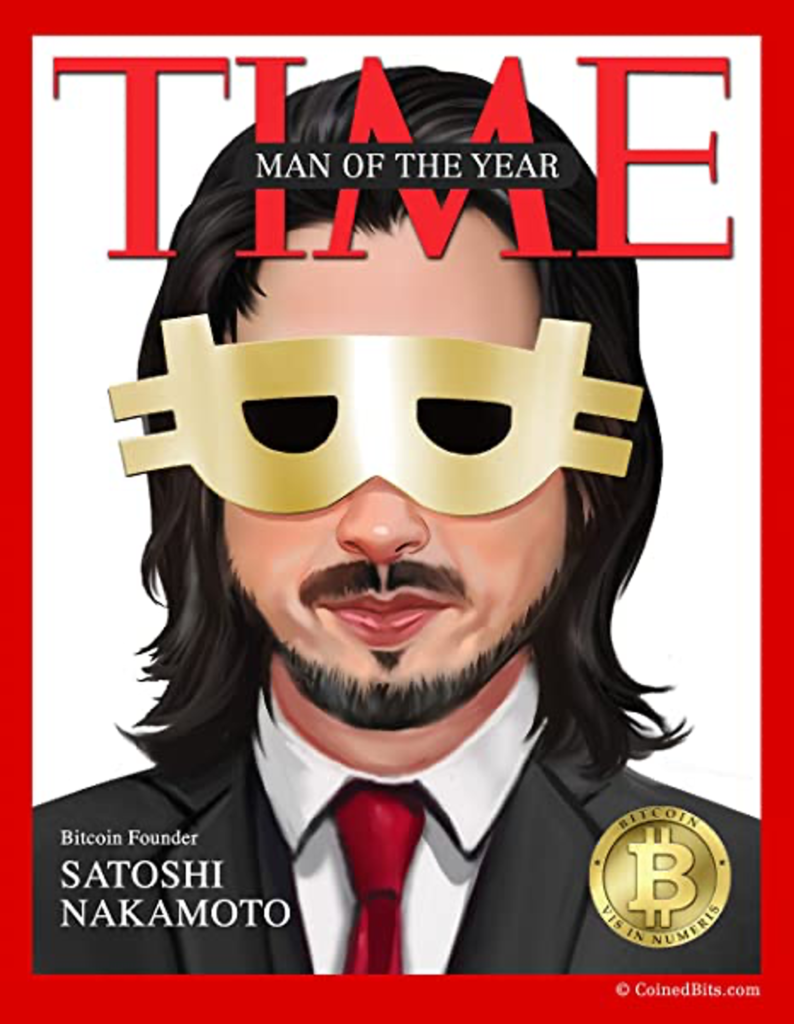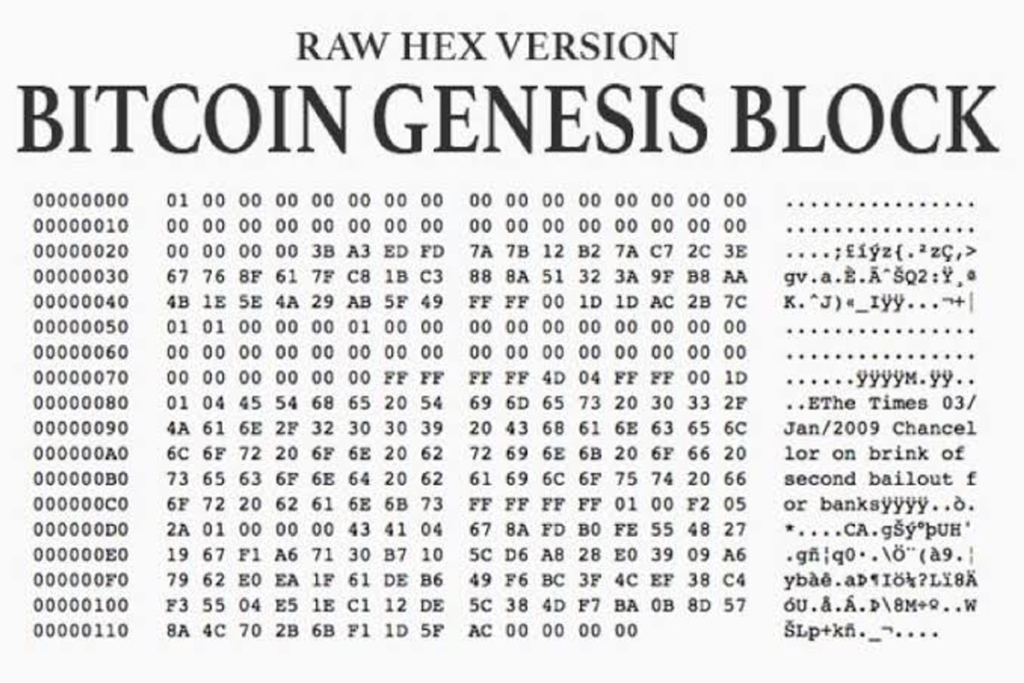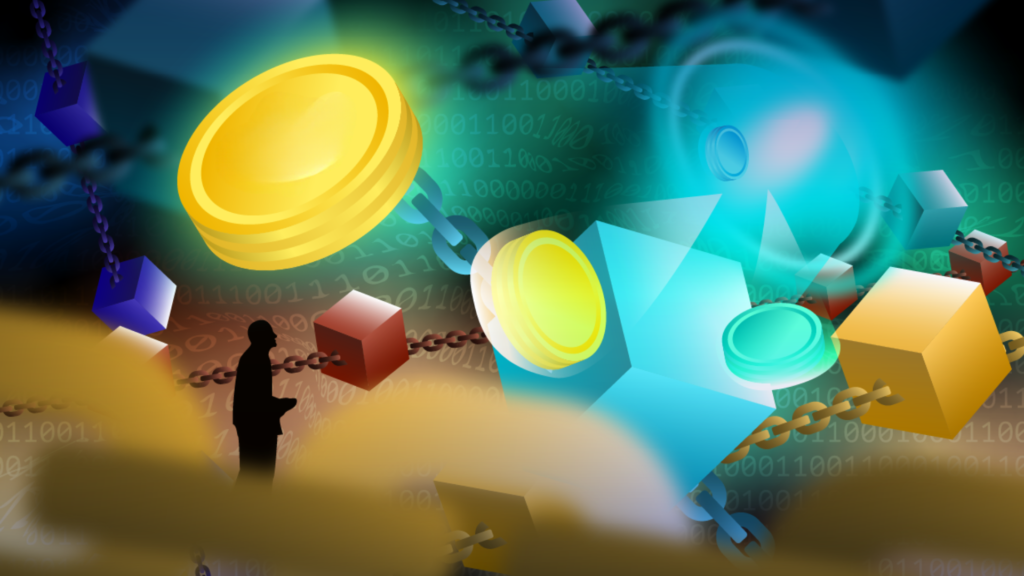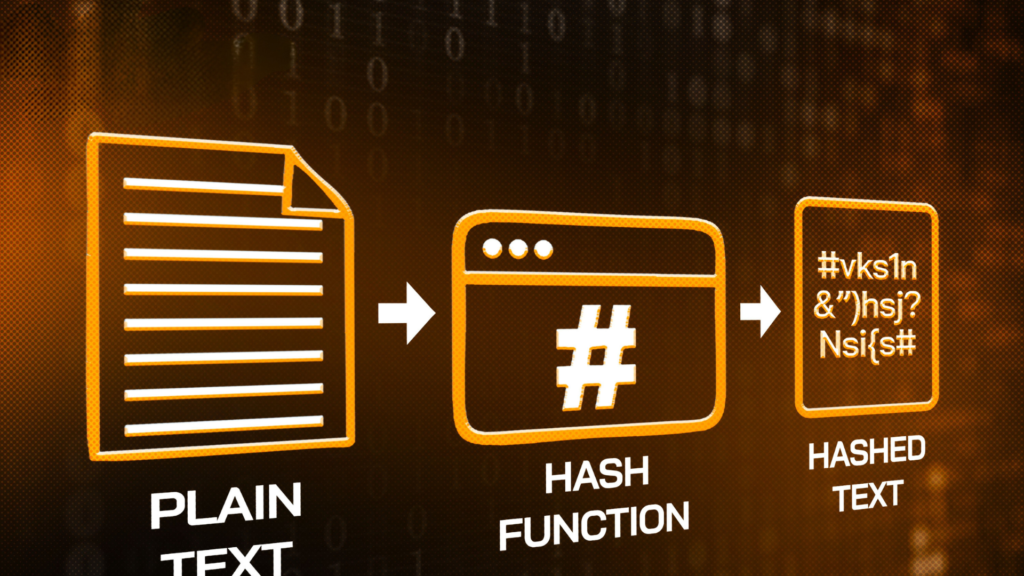The mystery of Satoshi Nakamoto has drawn in the tech community, programming experts, and even reporters from major newspapers in the US to join the investigation.

Who is Satoshi Nakamoto? Read part one to learn interesting information about Satoshi Nakamoto and the birth of Bitcoin by this mysterious figure.
Part 1: Who is Satoshi Nakamoto?
Gathering Evidence on Satoshi Nakamoto
Satoshi Nakamoto is a Programming Genius
As vouched for by Dan Kaminsky, a leading Internet security researcher, only a genius could create the nearly perfect Bitcoin code, capable of withstanding countless attacks, both large and small. Since its inception, the Bitcoin blockchain has never been hacked.
Satoshi Nakamoto May Be More Than One Person
Some people, like Bitcoin developer Laszlo Hanyecz, believe that it would take more than one person to create Bitcoin’s advanced level of coding. It is likely that it was built by a team of programmers. There is even a theory that Satoshi Nakamoto is a “handshake” of four companies and is made up of the first letters of their names: Samsung, Toshiba, Nakamichi, and Motorola

Satoshi Nakamoto Could Be a Woman
Literary history has witnessed many female writers using male pseudonyms to step onto the stage and receive the respect that was typically reserved for male authors. Therefore, in the context of an industry also dominated by men, such as technology, the possibility of a woman using a male name to establish equal standing with her male colleagues is not out of the question.
Satoshi Nakamoto could be a woman. This speculation is not certain, but it has strongly inspired women in the technology industry. Carolyn Maloney, a congresswoman in New York, popularized the slogan “Satoshi is female” at an event for women in the blockchain field.
Satoshi Nakamoto is Fluent in British English
Satoshi’s online posts have some distinctive features. Notably, over the course of two years, this individual wrote a total of approximately 80,000 words in perfect English (with only a few spelling errors).
The headline of The Times article embedded in the “genesis block” suggests that Satoshi read British newspapers. Satoshi also used British English spellings (“favour,” “colour,” “grey,” “modernised”). “Apartment” was written as “flat,” “math” as “maths,” and Satoshi often posted during times that corresponded to the end of typical working hours in the UK.

The First Shot – The New Yorker’s Investigation (2011)
Satoshi Nakamoto has a deep understanding of cryptography, and the cryptography community is very small: about three hundred people attend the most important conference in the industry in Santa Barbara each year. It’s highly likely that the creator of Bitcoin belongs to this world. “If I wanted to meet him, the Crypto 2011 conference would be the place to start.”
This was the reasoning of journalist Joshua Davis of The New Yorker on where to track down the founder of Bitcoin. At the event, where attendees included representatives from the National Security Agency, the US military, and a host of foreign governments, Joshua paid particular attention to a young man named Michael Clear.
Clear was 23 years old and had recently graduated with a degree in cryptography from Trinity College in Dublin. Although Clear’s information page only listed an email address, a web search revealed three interesting details about him.
In 2008, Clear was named the top computer science undergraduate at Trinity. The following year, he was hired by the Allied Irish Banks to improve their currency trading software, and he also co-authored a paper on peer-to-peer technology. The paper used British English. Clearly, Clear was very proficient in economics, cryptography, and peer-to-peer networks.
Joshua emailed Clear to request a meeting. The next morning, on the steps outside the lecture hall, Clear appeared in a beige sweater, a young man with long hair and a square jaw. He had taught himself theoretical cryptography in Dublin—there were no other cryptographers at Trinity. Clear had been programming computers since he was 10 and could code in several different languages, including C++, the language of Bitcoin.
When Joshua said he was looking for Satoshi and thought he might be attending Crypto 2011, Clear said nothing. Finally, Joshua asked, “Are you Satoshi?”
The young man smiled, but didn’t respond. There was an awkward silence…
A week after Crypto 2011, Joshua received a long email from Clear about his thoughts on Bitcoin. Accompanying this analysis was the message: “I think I can identify who Satoshi is.”
“Speaking of this individual, it wouldn’t be fair to reveal their identity when they have taken such significant steps to remain anonymous,” Clear wrote. “But you might want to talk to someone who has many similarities to the creator of Bitcoin.”

Afterward, the young man gave Joshua a name – Vili Lehdonvirta.
When dialing this individual, for a few seconds, all Joshua heard on the other end of the line was laughter. “I wish I could say I was Satoshi, because the design of Bitcoin is very clever,” Vili Lehdonvirta finally spoke up. “But it’s not me.”
Lehdonvirta was a 31-year-old Finnish researcher at the Helsinki Institute for Information Technology. Although famously brilliant, he pointed out that he lacked a foundational knowledge of cryptography and had limited C++ programming skills. “You need to be a crypto expert to build something as complex as Bitcoin. There aren’t many of those people in the world, and I’m certainly not one of them,” Lehdonvirta said.
However, Lehdonvirta studied Bitcoin and had many concerns about this new currency. “The only people who need large-denomination cash right now are criminals,” he said, pointing out that cash is difficult to move and store. Bitcoin eliminates those obstacles while preserving the anonymity of cash.
Lehdonvirta served on the advisory board of Electronic Frontier Finland, an organization that advocates for online privacy. But he thought Bitcoin was too extravagant regarding privacy. “Only anarchists want absolute, unbreakable financial privacy!” he said. “We need a ‘back door’ for law enforcement to intervene.”
With Lehdonvirta’s conclusion, all of Joshua’s leads on Satoshi’s identity were cut off. A few days later, he continued the conversation with Clear and again questioned him about his relationship with the father of Bitcoin.
“I’m not Satoshi,” Clear said. “But even if I were, I wouldn’t tell you.”
“I Found the Father of Bitcoin” – Newsweek’s Investigation (2014)
Satoshi Nakamoto stood at the end of the sunny driveway, looking confused and annoyed. He was wearing a rumpled T-shirt, old blue jeans, and white gym socks, without shoes, as if he had rushed out of the house in a hurry. His hair was disheveled, and he had the distant look of someone who hadn’t slept in weeks.
This was Leah McGrath Goodman’s first impression, a reporter for Newsweek, of the person she once claimed was the father of Bitcoin. This daring two-month investigation by Goodman once shocked the Bitcoin community at the time of its release. The man Goodman claimed to be the creator of Bitcoin was actually named Dorian Satoshi Nakamoto (or Dorian S. Nakamoto).
When Goodman met Satoshi at his home in the foothills of the San Gabriels in Los Angeles, he implicitly acknowledged his role in the Bitcoin project. “I am no longer involved in that and I cannot discuss it,” he said. “It’s been turned over to other people. I no longer have any connection.”
Dorian refused to say anything further.
According to Goodman, at the time of 2014, Dorian was 64 years old and a Japanese-American. He had six children, enjoyed collecting model trains, and his career was shrouded in secrecy. He had done classified work for major corporations and the US military.
Continuing the unsuccessful face-to-face conversation with Dorian, Goodman contacted Arthur Nakamoto, his youngest brother – who was working as a quality assurance director at Wavestream Corp.
“He’s a brilliant man. Smart, good at math, engineering, computers. But he does classified work, and sometimes disappears for a while, no one knows,” Arthur said. “He’ll deny everything. He’ll never admit if he created Bitcoin.”
Dorian’s family also described him as extremely mysterious, always controlling phone calls and anonymizing emails. For most of his life, Dorian was concerned with two things that made Bitcoin famous: money and secrecy.
His eldest daughter, Ilene Mitchell, also said that her father was very wary of the government. “When I was little, there was a game we used to play. He would say, ‘Pretend the government agencies are coming after you.’ And I would hide in the closet,” Ilene recounted.

There are many similarities between Satoshi Nakamoto, the founder of Bitcoin, and Dorian S. Nakamoto, the eccentric computer engineer. Those who worked closely with the father of Bitcoin noticed that Satoshi seemed to be older than other Bitcoin developers.
“Satoshi’s coding style was old-fashioned. He used things like reverse Polish notation,” said Gavin Andresen, the developer closest to Satoshi.
Besides similarities in skills, perhaps the most compelling similarity between these two Satoshis is the career timeline. Andresen said Satoshi Nakamoto once revealed that he had been working on Bitcoin for many years before releasing it. This time coincided with the period when Dorian S. Nakamoto’s work began to decline, leaving his family in financial hardship. Satoshi Nakamoto’s three years of silence also coincided with the time when Dorian S. Nakamoto experienced serious health problems.
However, despite the seemingly convincing evidence presented by Newsweek, Dorian S. Nakamoto sent a letter to the newspaper and claimed that it was all false. “I did not create, invent or otherwise work on Bitcoin. I unconditionally deny the Newsweek report,” he wrote. “I have retained legal counsel. This will be my last public statement on this matter.”
Who Satoshi Nakamoto is Doesn’t Matter
In response to these investigative articles, the Bitcoin community was furious. They argued that trying to find the true identity of the founder was contrary to the mission of the cryptocurrency. Being exposed could also put Satoshi in a dangerous situation.
For his part, Gavin Andresen said he respected Satoshi’s decision to remain anonymous. “When we programmers get together, we don’t talk about who Satoshi Nakamoto is,” he said. “We talk about how we should have invested more in Bitcoin. We are curious, but honestly, we don’t care.”
Michael Clear also expressed a similar view: the issue of Satoshi’s identity is not important. The Bitcoin system is built so that we don’t need to trust any individual, company, or government. Anyone can examine the Bitcoin code, and the network is not controlled by any party. These are the factors that inspire the credibility of the system.
In other words, Bitcoin exists because of what you can see and what you can’t. Users are hidden, but transactions are visible. Everyone can see Bitcoin’s code, but its origin is a mystery. This currency is both real and elusive — just like its founder.
“You can’t kill Bitcoin,” Clear said. “It will withstand even a nuclear attack.”
Read more: If you need a product to assist with tax issues and portfolio management in crypto, check out CoinLedger

